
How Soft-story Retrofits Can Prevent Catastrophic Earthquake Damage
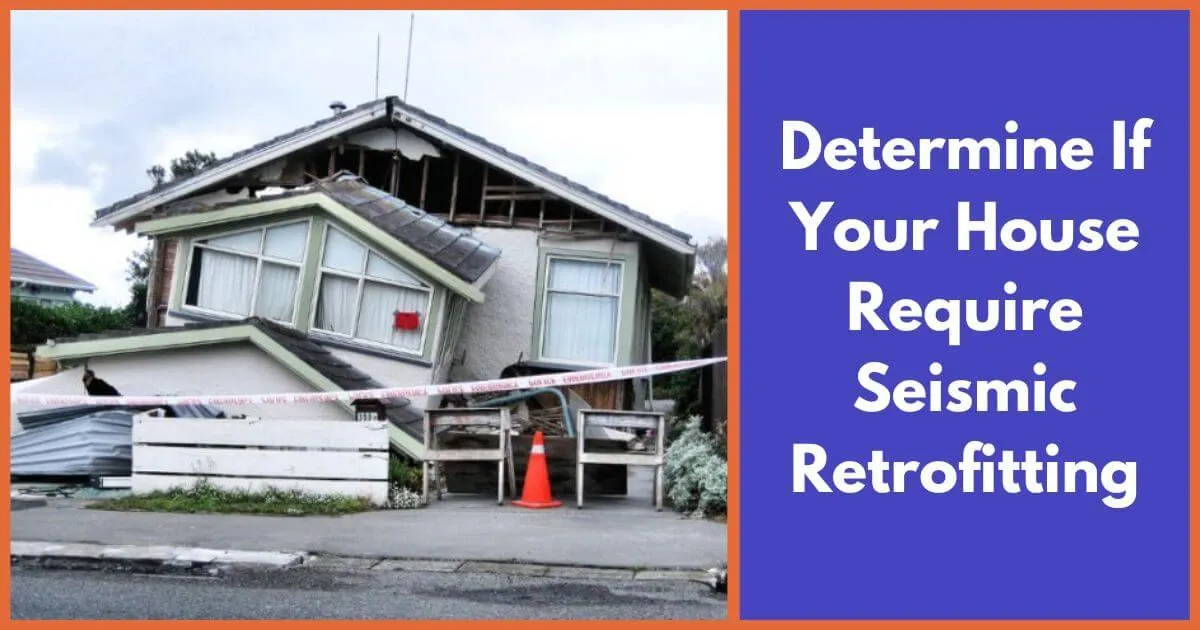
Living in an earthquake-prone area means enjoying all the benefits of your community while being aware of the risks posed by seismic activity. Many buildings, especially those with soft-story designs—such as those with open ground floors or large windows—are particularly vulnerable when earthquakes strike. Recent tremors remind us that preparation must happen well before the shaking begins.
For building owners, investing in soft-story retrofits is not just a wise choice—it’s a crucial step to reinforce vulnerable structures and prevent catastrophic collapse. These upgrades not only protect your property but, more importantly, safeguard the lives of everyone inside when the next major earthquake occurs.
Five Essential Upgrades Every Homeowner Should Consider to Improve Their Home’s Safety and Resilience
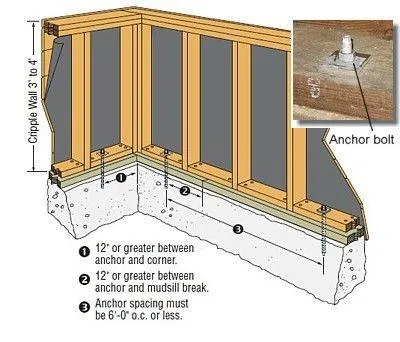
Strengthens Lateral Load Resistance
Retrofitting soft-story buildings improves their ability to withstand powerful side-to-side movements caused by earthquakes by adding structural components like shear walls, steel frames, or moment-resisting frames to the weakest floor, thereby increasing lateral load resistance and overall stability. These elements work together to create a rigid barrier that prevents excessive swaying and deformation. This reinforcement helps the building maintain its shape and structural integrity during intense seismic shaking. Without these upgrades, lateral forces can cause severe damage or total failure, especially at the vulnerable ground level.
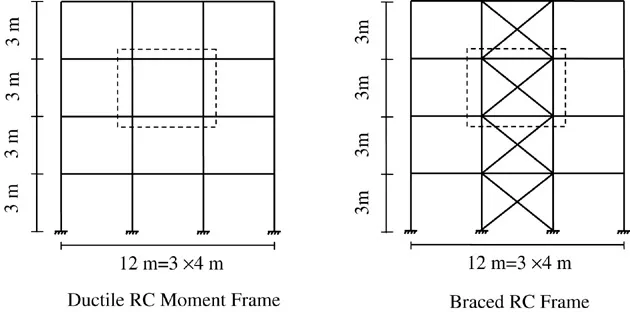
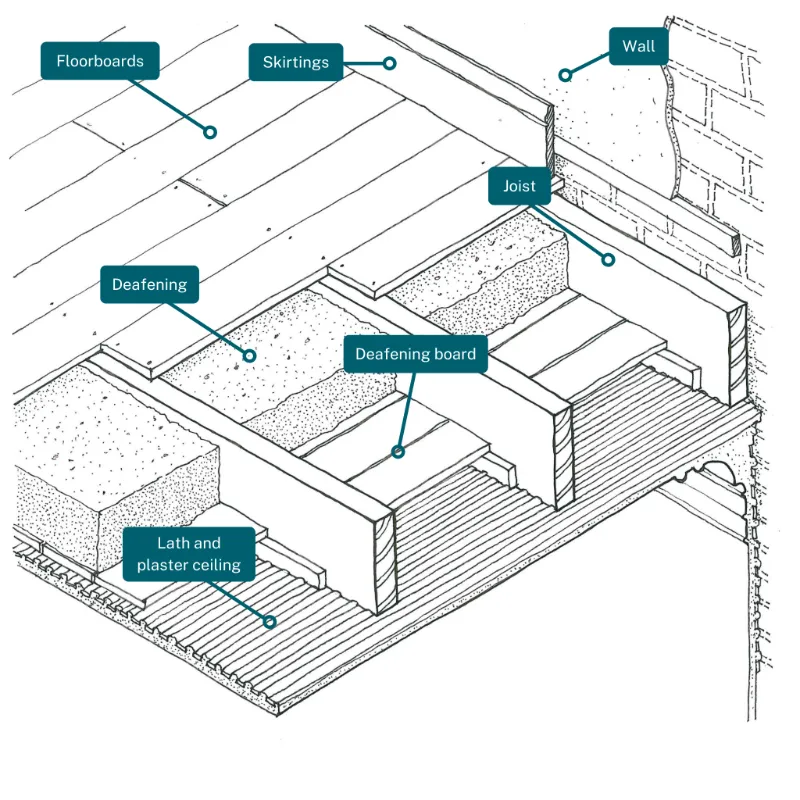
Prevent Collapse of the First Floor:
Because soft-story buildings often have large openings at the ground level—such as parking garages or storefronts—they are particularly prone to collapsing during earthquakes, but retrofitting reinforces this vulnerable story to prevent the catastrophic failure of the lower level and the subsequent pancaking of upper floors. Strengthening the first floor involves adding steel columns, shear walls, or braces to redistribute loads more effectively. This prevents sudden, uneven failures that can lead to complete collapse. Protecting this critical area preserves the entire structure and enhances occupant safety.
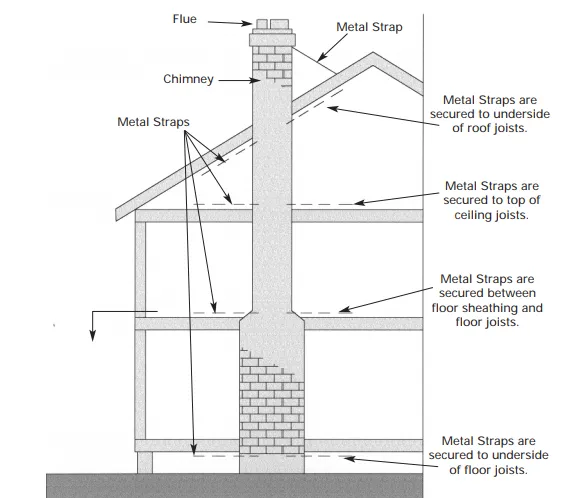
Improve Building Flexibility and Ductility:
Modern retrofit designs not only strengthen a building but also enhance its ability to bend, stretch, and absorb energy without breaking, which is crucial during earthquakes, as it allows the structure to sway with the shaking ground instead of snapping or crumbling under stress. These materials and designs are engineered to deform in a controlled way, dissipating seismic energy. This controlled flexibility reduces damage to structural and non-structural components alike. The result is a safer building that can survive strong shaking without catastrophic failure.
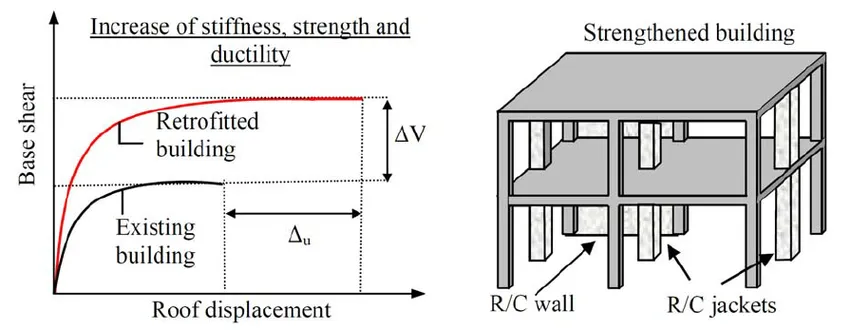

Enhance Load Path Continuity
Retrofitting helps create a clear and uninterrupted load path that directs the seismic forces from the upper levels of the building safely down to the foundation, reducing the chances of uneven stress distribution that can lead to localized failures or collapse. This involves carefully connecting beams, columns, walls, and foundations to work as a unified system. Without a continuous load path, forces can concentrate in weak spots, causing cracks, buckling, or breaks. Ensuring smooth force transfer makes the building more resilient and predictable under earthquake loads.
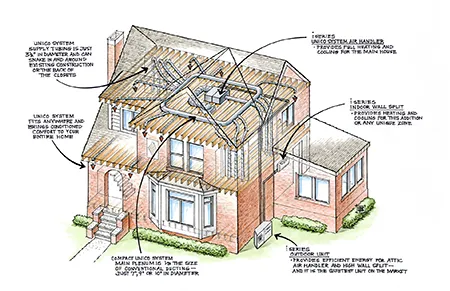
Increase Structural Safety and Protect Building Value:
Retrofitting soft-story buildings is essential for protecting the lives of occupants by significantly reducing the risk of structural collapse during an earthquake. By enhancing the building’s strength and stability, these upgrades help prevent injuries and fatalities that often result from falling debris and sudden failures. Additionally, well-executed retrofits minimize property damage, which lowers the costs associated with repairs, insurance claims, and potential displacement. This not only safeguards residents and tenants but also helps maintain the long-term financial value and functionality of the building within the community.
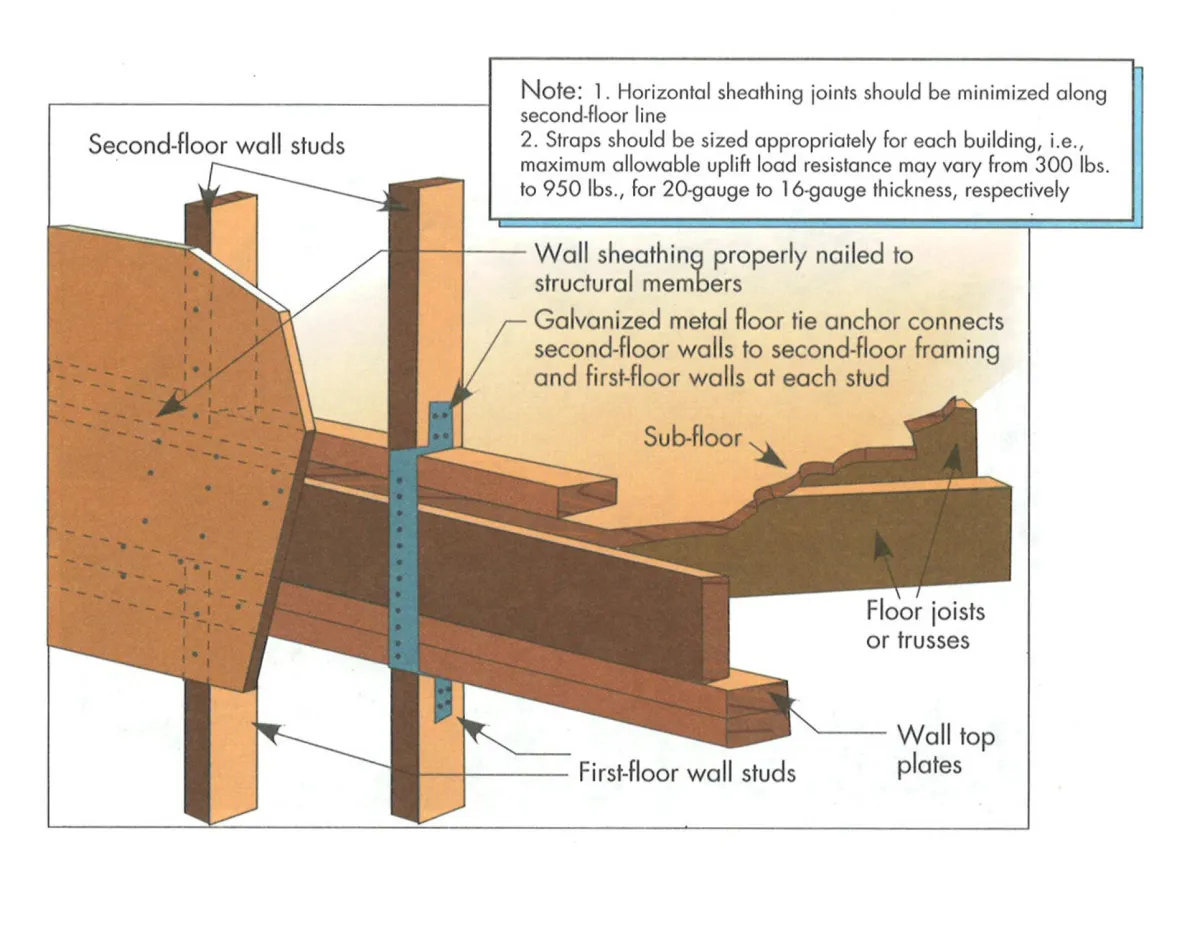
Making soft-story retrofits now is a smart investment that protects your family, your building, and your peace of mind during an earthquake. Whether your building has an open parking area, large windows, or a weak first floor, a professional seismic inspection can identify the key structural upgrades needed to prevent collapse. Contact a licensed contractor or structural engineer to assess your building’s vulnerabilities and design an effective retrofit plan. When the next major earthquake strikes, you’ll be grateful that you strengthened your building’s weakest level to avoid catastrophic damage.
📞Call us today at 510-545-9622 to schedule your consultation or learn more about foundation upgrades for earthquake protection.
